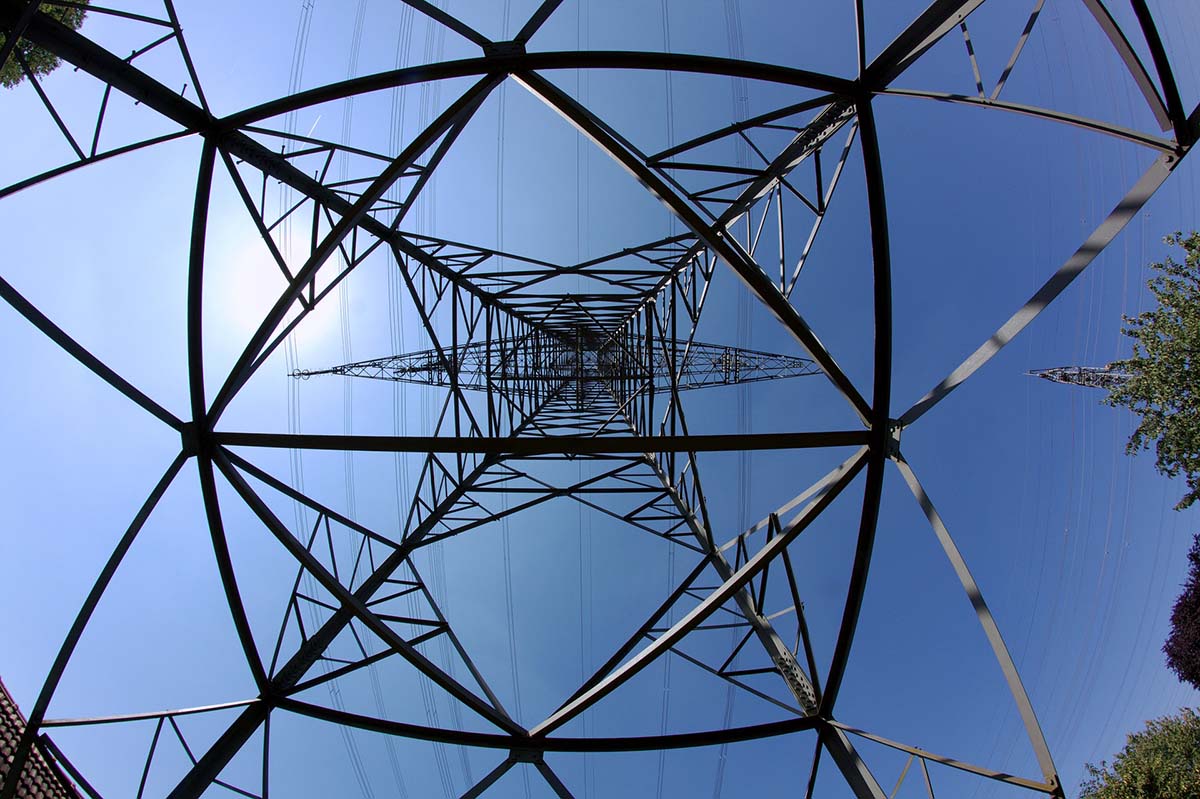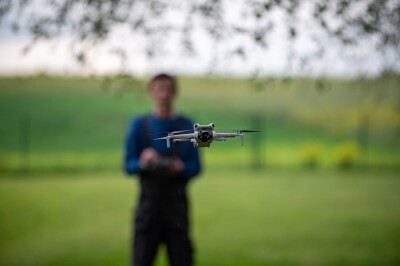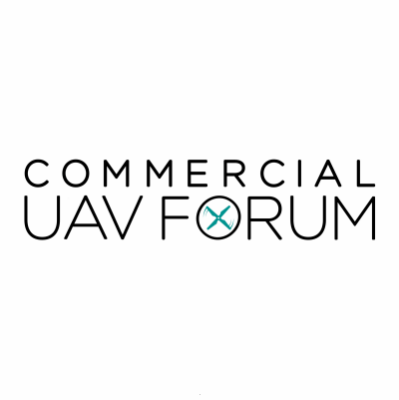Not too long ago, Southern Company announced that it would be expanding its drone program through a partnership with Skyward, a Verizon company. The partnership should help Southern Company unlock use cases for flying beyond visual line of sight (BVLOS) and realize further value from the technology, which has already proven to make a difference for one of the leading producers of clean and affordable energy. However, it’s a development that means as much to the company in the present as it does for their future.
We’ve previously detailed what it meant to make UAS part of the daily work at Southern Company, but the process to enable these changes wasn’t simple or easy. With more than 80 years of history, established processes around everything from how certain pieces of infrastructure are inspected to what it means to keep people safe when a power line is down have been tested and proven. Nonetheless, the obvious benefits of employing drones – increased safety, improved workflow and reduced costs to Southern Company customers –have fueled the adoption of the technology across their business units which this Skyward partnership will further expand. Defining the Increased Safety ValueSouthern Company maintains a fleet of more than 80 aircraft and 60 remote pilots across its business units with use cases in generation, distribution, transmission and storm damage assessment and response. Drones have already proven to enable a strong ROI for Southern Company, but the safety implications of the technology are proving to be even more notable, especially in situations that are inherently unsafe or dangerous.“Southern Company has deployed drones in support of the last five major hurricanes that have impacted the Southeast,” said Dean Barefield, Southern Company UAS Program Manager. “The technology enabled crews to quickly and accurately assess damaged areas, efficiently coordinate response efforts and in many cases restore power ahead of schedule. In Puerto Rico, drones were used to pull more than 72,000 feet of rope for electrical conductor across varying terrain elevations and dense jungle canopy. With limited helicopter support, the alternative method would’ve taken crews months, whereas using drones it was completed in only a few weeks. With use cases in transmission, distribution, generation and storm damage assessment, we continue to see significant cost savings."Southern Company’s partnership with Skyward is ultimately designed to help advance the company’s drone fleet management solutions and research and development, and the company uses various metrics to indicate the effectiveness of these efforts. Ultimately though, all of it stems from a commitment to the safety of their employees and customers, which is especially evident in these situations that are inherently unsafe or dangerous. Through the Skyward platform, Southern Company employs a robust fleet management system which augments their safety management system, but that’s just part of the value it represents to the company. Significantly Improving UAS Asset Management with SkywardThe Skyward platform has enabled Southern Company to capture important historical data and create performance-based standards. They believe this approach not only best postures them for the future regulatory environment, but that it also enables them to better serve their current customers. These differences represent the distinct advantages of the technology but are not the only ones that led to the partnership.“We found Skyward appealing for many reasons, but the company’s foundation in aviation and computer science really stood out to us,” Barefield told Commercial UAV News. “We felt confident that their depth of regulatory knowledge would allow us to improve efficiency in managing our extensive nation-wide operations. The Skyward platform will significantly improve UAS asset management, situational awareness and provide streamlined access to controlled airspace through the LAANC function, greatly increasing operational readiness across the Southern System and positioning us to unlock use cases for flying BVLOS.”Not every Part 107 pilot will be flying in a BVLOS environment, and there will undoubtedly be additional training and certifications required. These potential benefits are coupled with the ones that can be utilized today. The fleet management platform allows Southern Company to plan missions, identify and mitigate risks, track historical as well as current operations, and capture valuable performance-based data. In its present state, the platform has already streamlined Southern Company processes, provided increased situational awareness and enhanced safety of flight. There are just some of the immediate benefits and opportunities that drone technology represents to Southern Company and for the energy sector, which is something energy organizations of all types and sizes need to understand. The Future of UAS in the Energy SectorSouthern Company believes that the future of drone connectivity resides in LTE. This belief made Skyward a natural selection for the company, but it’s just part of what they believe it will mean to adopt and utilize drones in the energy sector. Stakeholders in a similar position need to be considering what it means for them to determine whether or not now is the right time for them to take a serious look at drone technology. That being the case, what kind of questions should stakeholders be asking of and from potential partners?“Solicit the advice of your organization’s leadership and ensure that the initiative aligns with their strategies and priorities,” Barefield explained. “Depending on the size of the organization, a steering committee may be better suited to help shape the initiative. Two of the most important questions we had to answer were; ‘how do we employ the technology to its full capability and where do we want to be tomorrow.’ We recommend a program built around performance-based standards in line with current aviation best practices. This will enable you to exploit the benefits of the current environment while posturing for the undefined future regulatory environment.”This advice and approach has allowed Southern Company to find the right drone technology partner as they work to create metrics that are helping to guide the execution of their activities. Doing so has already enabled increased safety, improved workflow and reduced costs to Southern Company customers that will be further expanded in the near future.Subscribe
The information you submit will be stored and used to communicate with you about your interest in Commercial UAV News. To understand more about how we use and store information, please refer to our privacy policy.
February 13, 2019
How is Southern Company Creating Performance-based Standards with Drones in the Energy Sector?















Comments